|
By Al Players: 1 Platforms: PlayStation 4, PlayStation 5, Nintendo Switch, PC (via Steam) It's been several years since Fairy Fencer F first saw a release on the PS3. Since then its enhanced re-release, Fairy Fencer F: Advent Dark Force, has come to most modern consoles. Fans of that first title, and for anime-styled RPGs in general, now have a sequel to experience in the form of Fairy Fencer F: Refrain Chord. This game is brought to us by way of Idea Factory International and is quite the departure from the first title. It may pick up in the same setting, with the same characters and story, but there's one big change to get out of the way immediately. While the first Fairy Fencer title was more of a standard RPG, Refrain Chord goes a totally different route with a Strategy RPG format in the style of games like Final Fantasy Tactics. Let's take a look at the game and decide if this change works, and if the rest of the game holds up as well. Fairy Fencer F: Refrain Chord borrows a page from the Elder Scroll series by throwing you in jail right at the opening scene. Unlike that game though, you're not a blank canvas of a character to mold how you see fit. No, you are Fang, a Fencer who has found himself on the wrong side of the law due to a dine-and-dash fiasco. Not to worry though, he isn't in prison long though as his Fairy partner Eryn comes to his rescue. You see Fencers are a type of swordsman who wield weapons known as "Furies" and are bonded with the aforementioned Fairies in order to unleash these weapons' powers. Fang isn't alone either, back in the town of Zelwinds he leads of team of other Fencers. These are Tiara, who has a cute little fairy named Cui, Sherman, who has a big mecha-style fairy named Ryushin, Harley, who has a father-like Fairy named Bahus, and Galdo, who has a mother-like fairy named Marissa. This ragtag group starts the game collecting Furies in the hopes of restoring Eryn's lost memories, but they quickly see their plans hit a wall when they encounter two strange women who apparently possess magic in the form of songs. These songstresses are known as "Muses", and the first one we meet is Glace, whose songs have the power to brainwash people. Her counter comes in the form of Fleur, who also has a fairy named Al, whose songs have healing properties. Battle lines are quickly drawn as Fleur and Al join Fang and company in the hopes of stopping Glace from acquiring more Furies for the Dorfa Corporation, the big bad group that comes from the first game. This is easier said than done as Dorfa, Glace, the Four Heavenly Czars of Dorfa, and more stand in their way. Everything seems to be a mystery though as nearly every character comes complete with a mysterious past and no one, even those who work closely with them, seem to know exactly what Dorfa is up to. Many characters cross path with both sides and some of them end up fighting alongside Fang to stop Dorfa. Dorfa has something big in the works though, and they always seem to be one step ahead of the heroes. Meanwhile Fang fumbles his way through leadership and all the expected hijinks occur. There's definitely more to tell when it comes to story, and it does have several shocking twists and turns, but let's forego travelling deep into spoilers and move on to discussing the gameplay. I already compared Refrain Chord to Final Fantasy Tactics, and this isn't just because it springs to many people's minds when SRPGs are mentioned, but because they both operate on a sort of "tactics-lite" style of gameplay. By this I mean that you never bring more than six units into any battle making this feel more like you're controlling a standard RPG party as opposed to bigger armies you'd find in Fire Emblem or Shining Force. This also means that battlefields themselves can be rather small and actual tactics, like splitting up the group to attack enemies on different parts of the map, aren't exactly ideal here. With that said, everything else you'd expect from the genre is here. Raised terrain offers advantages and disadvantages to those on the high ground versus those below, attacking from the side or behind an enemy yields better outcomes, and keeping unit placement and area of effect attacks in mind is all but required. What really sets Refrain Chord apart from other games is the muses themselves. Once you hit a certain point in the game every battle sees you facing Glace and some combination of enemies. Likewise your side will nearly always have Fleur in it. Once certain conditions are met you're able to unleash "Fairy Arias" which cause certain bonuses within their AOE. These effects can range from increased physical damage, a higher chance for critical attacks and counters, and even healing. Each time the muse's turn comes up they can choose to end the Aria, extend its range, or heighten its effect. Keep in mind that the enemy can do all these things as well and things can get really hectic in the space where the two songs' effects meet. You typically can only use a Fairy Aria once per battle, but you can recharge the meter if it somehow manages to draw out several more turns. Difficulty often comes up in any conversation regarding SRPGs so let's talk about it here. You're able to change the difficulty of the game at any time, both higher and lower, and this is important as there were many times when I felt the game was a bit imbalanced. This doesn't mean that I found it particularly hard all the time, more that I found its difficulty to be inconsistent on any difficulty. I'd blow through battles so I'd raise the difficulty to Hard only to find that the next battle is all but impossible unless I set things back to Normal. I even took on a few on Easy. This was usually do to the large creatures that you start encountering in bigger numbers as the game progresses. These units take up several spaces, have extremely high defensive and offensive capabilities, and are usually the units you want to take out first. This is easier said than done though as you can find yourself overrun by smaller enemy units if you're not careful. This is eventually all but negated once you've attacked enough and are able to "Fairize" (basically power-up) and/or launch an "Avalanche Rush" attack that can often clear out all but the toughest enemies. I found that most battles were mainly just waiting out attacks until those meters to fill so you can even the playing field a bit. This didn't exactly feel rewarding, but perhaps others will develop more nuanced tactics. There are other elements unique to the battle system, such as "Soul Gifts" and all sorts of buffs and debuffs, but I never really used them. I actually went through more than half the game before I remembered that inventory was a thing and that I could both upgrade armor and accessories and also use healing items in battle. Battle takes up much of the gameplay as you'll be fighting several of them each chapter. These come in the form of story-relevant battles, optional side quests to net items, Furies, or Sub-Fairies (which offer up additional skills and stat bonuses to better customize party members), and free battles which offer no extra reward. Usually only one battle is required to advance the story/chapter, but the better experience would be going through optional ones as they open. Between these battles are the story/dialogue scenes that all play out in the style similar to what you'd see in a visual novel. This isn't exactly a bad thing, but it isn't the best presentation-wise, and some of these scenes (especially the optional ones you find in the Inn) can be quite drawn out and nonsensical. I guess this can be different for everyone, but going through a long scene involving character's underwear wasn't something I really cared for. That said you can skip these scenes at any time, and even rewatch them later if you so desire. Optional areas, sidequests, and more can be found in these though, so it's hard to just skip them entirely. The only other true gameplay here beyond story scenes and battle is the "World Shaping" mini-game where you stab into the ground using the Sub-Fairies you've found. It took a while to figure out how this mini-game works, but it can be quite rewarding once you do. That said it's a really simple mechanic once you get the hang of it and feels more like a distraction than a fully thought out component of the game. Much like the story scenes though, World Shaping opens up new areas to battle in and gives rewards in the form of items or even more Sub-Fairies. Before I talk graphics I must state that I played this on the Nintendo Switch in handheld mode, which is probably the least optimal way to experience the game. There were significant drops in frame rate when battles started, and everything loaded pretty slowly. I can only assume this was due to playing it on the Switch, but even if it's present in all versions it never really detracted from the overall experience. With that said, I didn't experience much slowdown besides this, except for when things got crazy like two Fairy Arias playing over each other and all characters being Fairized. Design-wise I loved all the characters, the fairies, and especially the sub-fairies. All felt unique, and several had quite appealing designs. This doesn't really transfer over to the monster design though, as most of them are the very definition of generic. Thankfully there are a decent amount of unique boss and enemy Fencers to liven things up a bit. Seeing as the game relies on visual novel-style storytelling, there isn't much to speak about outside of battles, but what's here isn't bad at all. Character growth in Refrain Chord is interesting as there is no class system per se, but there is a lot of customization options. First off, skills on characters are unlocked using Fairy Points on each character's respective Fairies to unlock them. These points are gained by participating in battle, with a bonus given to the character who is deemed the MVP. These skills include those tied to weapons, magic, and simple stat and passive bonuses. Character's skills can be augmented by equipping Sub-Fairies. These can give a character healing magic even if they normally are not able to cast it, or change up their stats if they're not playing the way you'd like. These Sub-Fairies also sometimes offer Custom Skills which can be equipped to any party member once they are learned. Besides all this, there is of course standard level ups for all involved: Fencers, Fairies, and Sub-Fairies. Fencers level up by gaining experience in fights, while all Fairies level up by learning skills, with Sub-Fairies giving gifts when they participate in many battles. These gifts can be used to craft new items and equipment, but that's probably too big a topic to get into here. Each character typically has two weapons too, with the second being unlockable via FP with each Fairy. Basically, there's a surprising amount of depth to be found here, and it can really help one out when playing on the harder difficulty levels I was originally going to come into sound with a bunch of negatives, but I changed my mind about some things as I sat with the game for hours. Let me get the biggest negative out of the way: the voice acting. Now the game features a Japanese-only track and I have no problem with that, what's my issue then? Well, it's the amount of voice acting. I complained a bit earlier on how the main gameplay is made up of several broken up scenes and a good chunk of the non-story specific ones are unvoiced. What's jarring is that you'd think that all the optional character episodes would go unvoiced, and I'd probably have less of an issue if they were, but weirdly a couple of them are here and there. It honestly feels like they just ran out of studio time and just added filler laughs or single-word utterances to make up for the silence. Seeing as the sound mix isn't adjusted for these non-voiced segments (probably since they technically have SOME voiced bits) there are long sections of the game that are weirdly silent. This was something I could never really wrap my head around, and took me out of the game many times. This big complaint aside the voice acting is great but I'm sure that there are some who will lament the lack of a dub track. I just wish they'd fully voiced the entire game seeing as much of it is lengthy dialogue scenes. Thankfully things fare better in the music itself. The background music in the game isn't exactly noteworthy but it serves the purpose and there was no track that made me want to turn the volume down. Seeing as the first game featured some music by Nobuo Uematsu (of Final Fantasy fame) it does feel like a bit of a downgrade, but I really can't complain about what is here. There's also several vocal tracks in the game, many of them coming in the form of the Fairy Arias. These have an all-star cast providing the vocals and I was shocked when I looked up who was involved with them. Yoko Ishida, BPM15Q's Nicamoq (who we recently interviewed!), Kamen Joshi's Saki Mitsuki, FictionJunction's Kaori Oda, Nami Tamaki, and more all lend their talents to Refrain Chord. I can't help but wonder if this all-star cast is why the game didn't get a dub as it's been a recent trend to dub songs as well and that would've wiped out one of the best things about this game. Thankfully these songs are great as you're going to be hearing them A LOT as they feature in just about every single battle in-game. It does get a little jarring when the two opposing songs cross but there are times when they do seem to gel harmoniously, seemingly creating a new song. There were some that I favored more than others though and you can only play them when choosing a specific Fairy Aria (with no control at all over what Glace uses), so there were times I picked an effect I didn't care for just to take on a battle with a great soundtrack. I've seen in the game's press materials that the story features branching paths. I only completed the game once for the sake of this review, but I am tempted to try a second run to test how far the story actually can be different. I could also benefit from a second playthrough as I've learned so much about World Shaping and levelling up that I feel I could do a far more optimized run if given the chance. In short there's a lot of replayability here, to the point that it's tempting even me. Speaking of jumping into the game a second time, jumping into it the first time might seem a bit daunting to those who haven't played the first Fairy Fencer title. Don't let this deter you as I only had minimum knowledge of it (having played it nearly a decade ago) and this game does a lot to welcome newcomers. Playing through Refrain Chord actually makes me want to replay the first game now. Most references to the first Fairy Fencer titles are explained or not necessary to understand what's going on. I'm actually slightly confused regarding how the first game ended as this one feels like it's the first game in a series, to the point that I had to double check that it wasn't meant to be a remake or a spin-off. It is very much feels like a standalone experience in all the best ways. This is probably for the best as the Tactics-style gameplay, and just about everything involving the Muses, seem a big departure from the first game. There's definitely some negatives to note with Fairy Fencer F: Refrain Chord. There is no dub track, the game's balance could've used more work, and the gameplay loop is somewhat repetitive, but there's far more to praise this game for. The music is great, the shift to SRPG gameplay really lets this one stand out, and the game's characters are very endearing. It's surprisingly deep at times, and there's a lot of content here for the price of admission. I originally didn't plan on completing the entire game before writing this review (mainly since completing such a long RPG in time for release could be a bit challenging), but I found myself going back to it long after I had enough material and experience with it to write this review. It's not perfect, but this game comes highly recommended, and I'm hoping we get another Fairy Fencer game in this style soon. It's currently available for the PS4, PS5, Switch, and Steam. At the time of this writing there's also a launch discount so be sure to take advantage of that. If you do, be sure to say hi to Fang's bug friends for me! For More Information on Fairy Fencer F: Refrain Chord: http://ideafintl.com/fairyfencerf-rc/ Story: B Gameplay: B- Graphics: A Sound: A- Value: B OVERALL: B Pros: + Moving the series to an SRPG helps set it apart from other Compile Heart RPGs. + The game requires little knowledge of the first game to enjoy, and works as a standalone game. + The music in the game features an all-star cast like Nicamoq, Nami Tamaki, Yoko Ishida, and more. + The characters and setting aren't without their charm and they can be quite endearing if given the chance. +/- Despite the big names present in this game, it's hard not to notice the absence of Yoshitaka Amano and Nobuo Uematsu this time around. Cons: - The lack of an English dub is odd considering the first game in the series has one, and nearly every other Idea Factory game has one. - Difficulty settings aren't properly balanced and usually come as "way too easy" or "far too hard" with little in-between. - There's a lot of repetition when it comes to gameplay and getting through some of the long scenes that are only partially voiced can be a bit of a chore. A copy of this game was provided to us free-of-charge by the publisher for the purpose of this review. This did not affect our review in any way. |
Search
Contributors◆ Angie
◆ Emily ◆ J.D. ◆ Janette ◆ JT ◆ Manuel ◆ Nestor ◆ Rose ◆ Sylvia ◆ Teepu ◆ Tiffany ◆ Winfield Archives
February 2025
|
© 2014-2025 A-to-J Connections. All Rights Reserved.

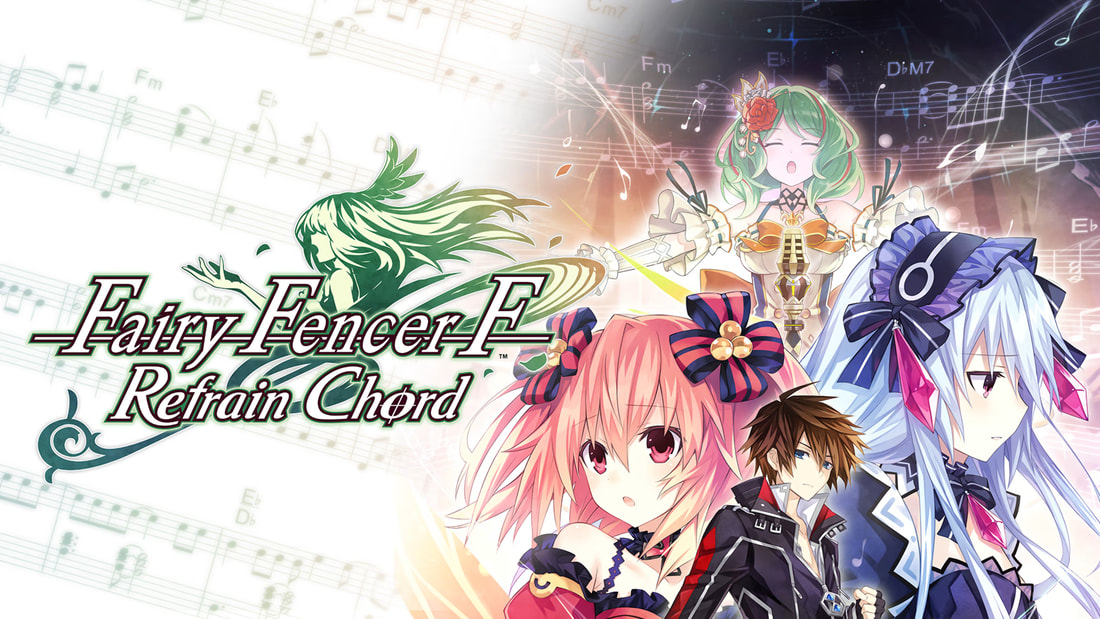
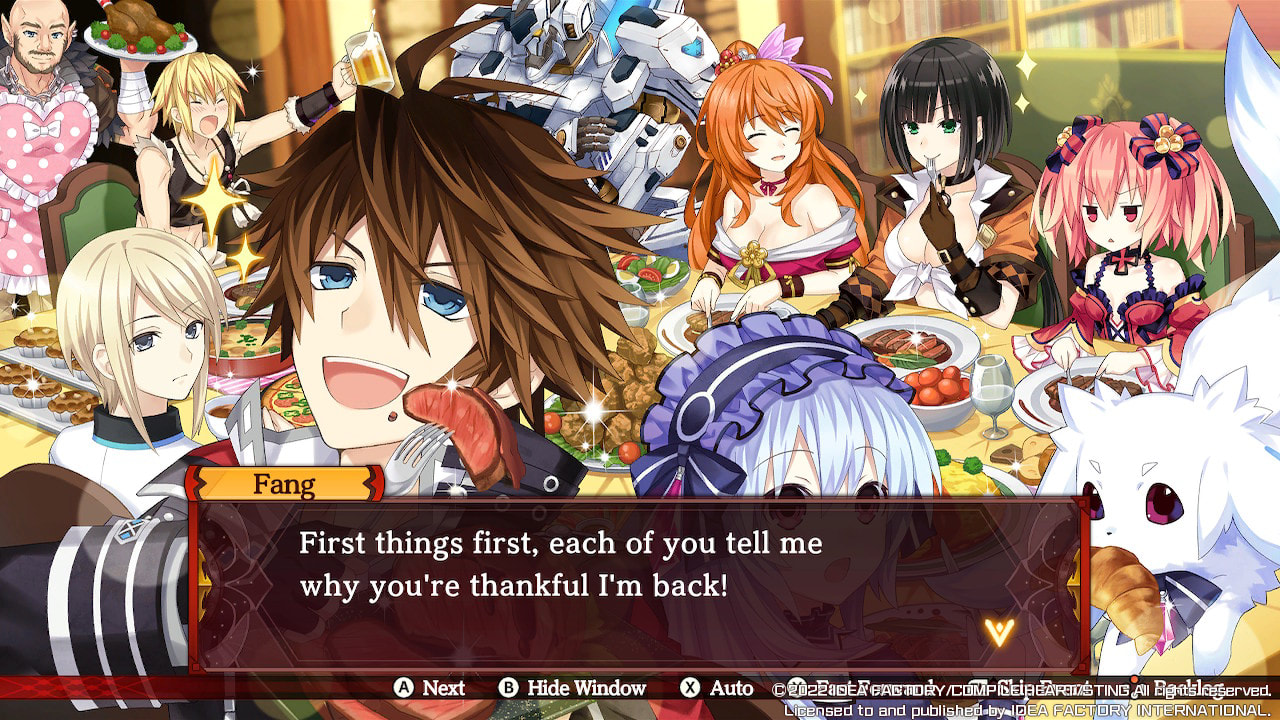


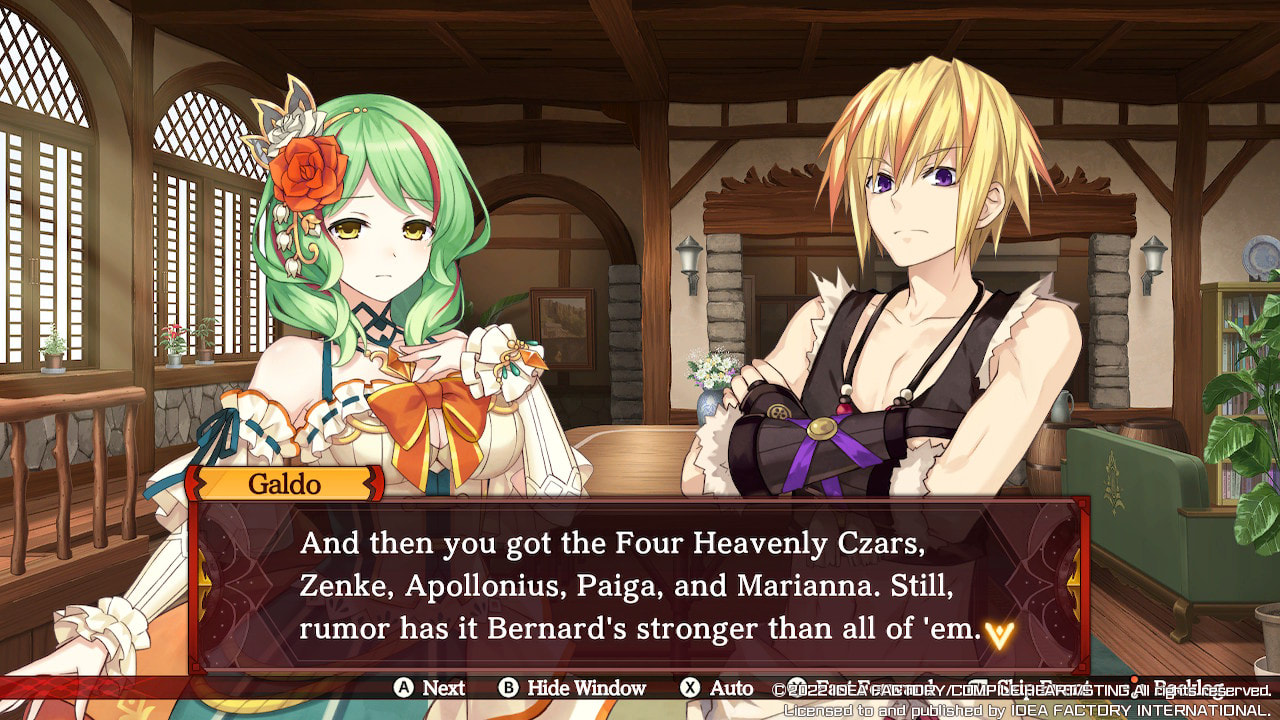


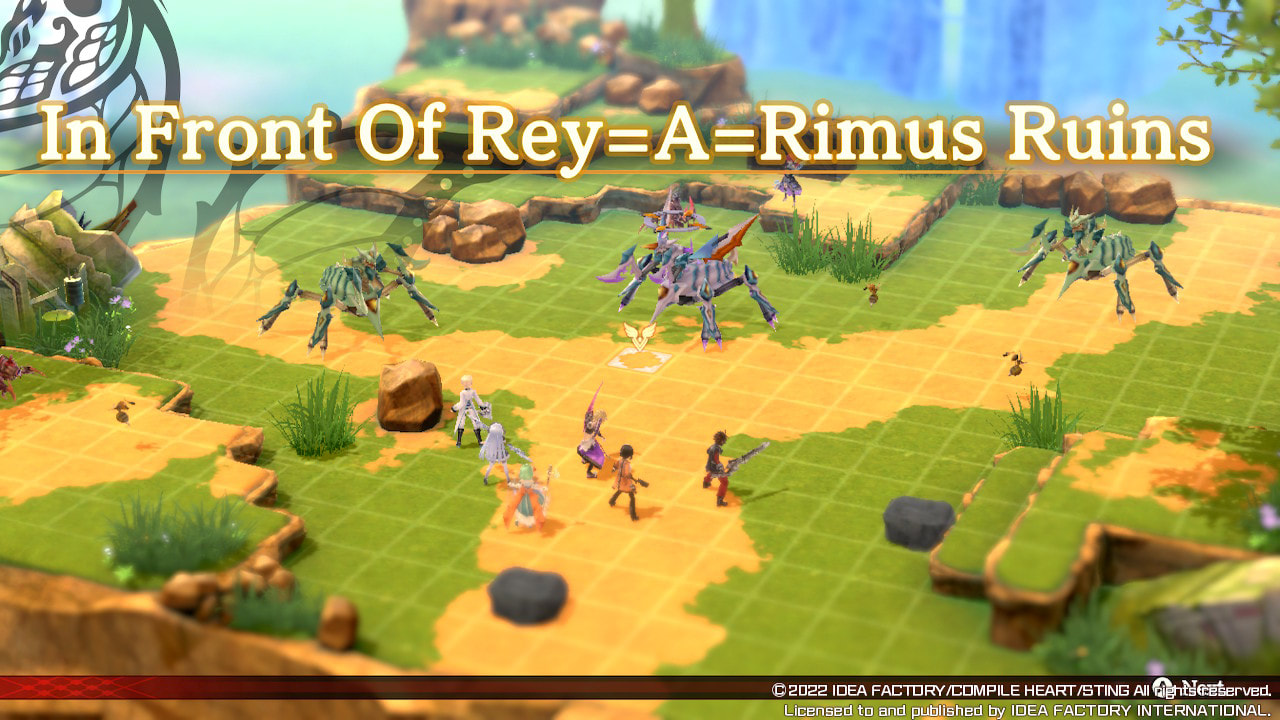
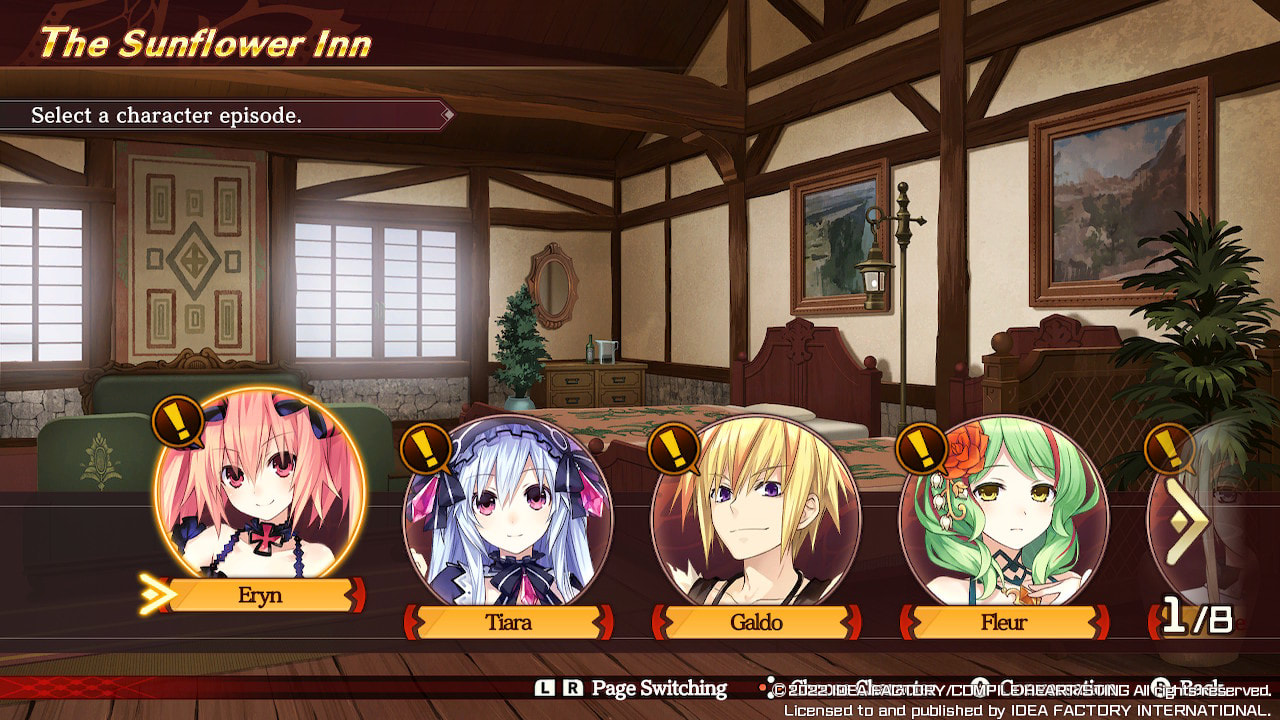
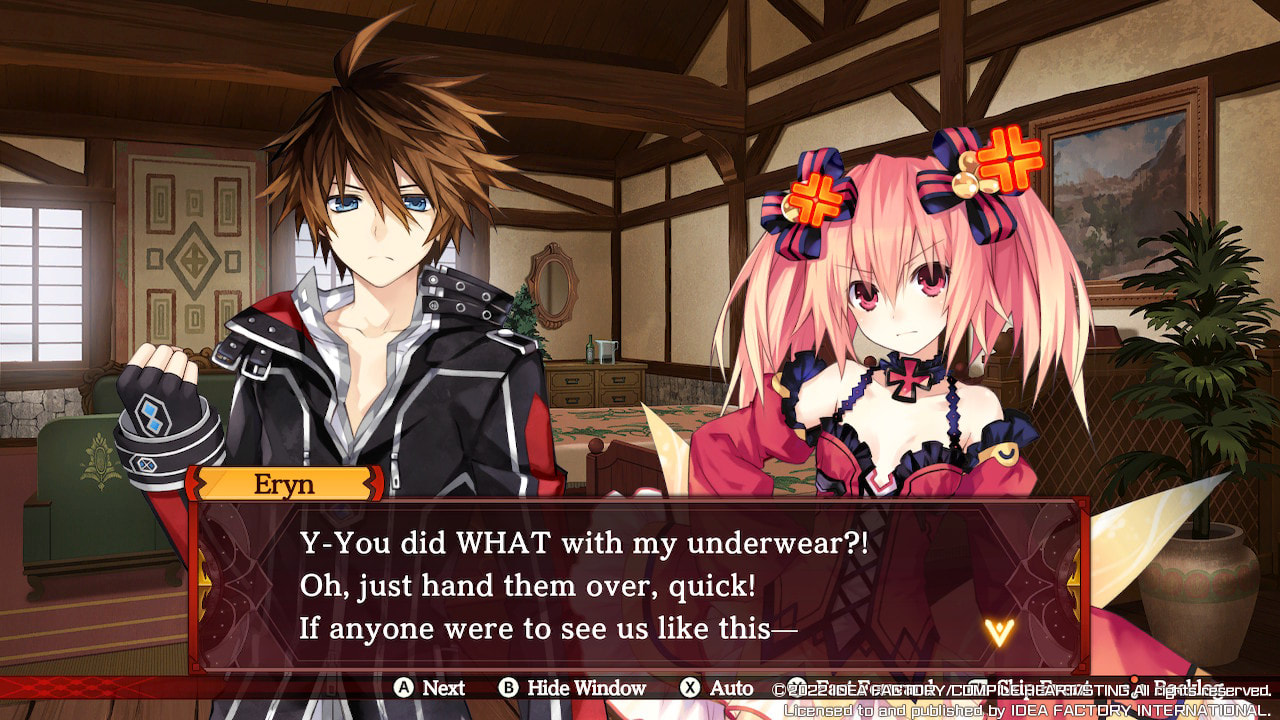



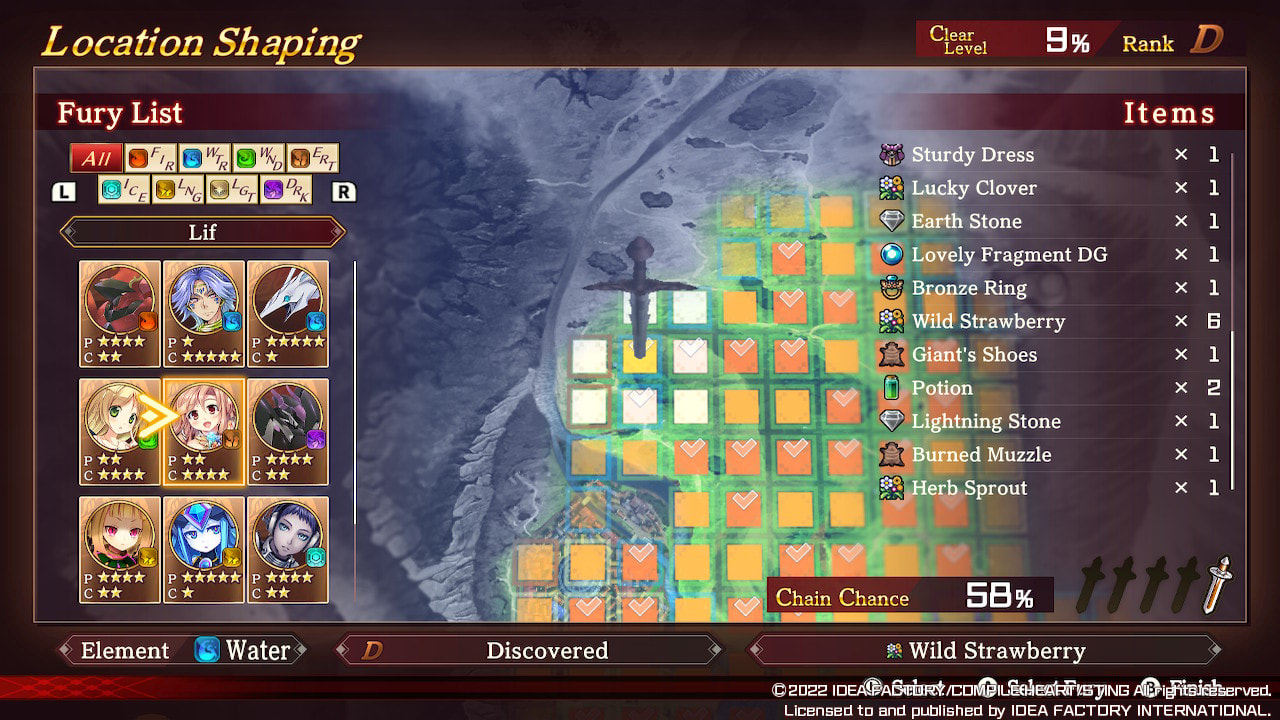
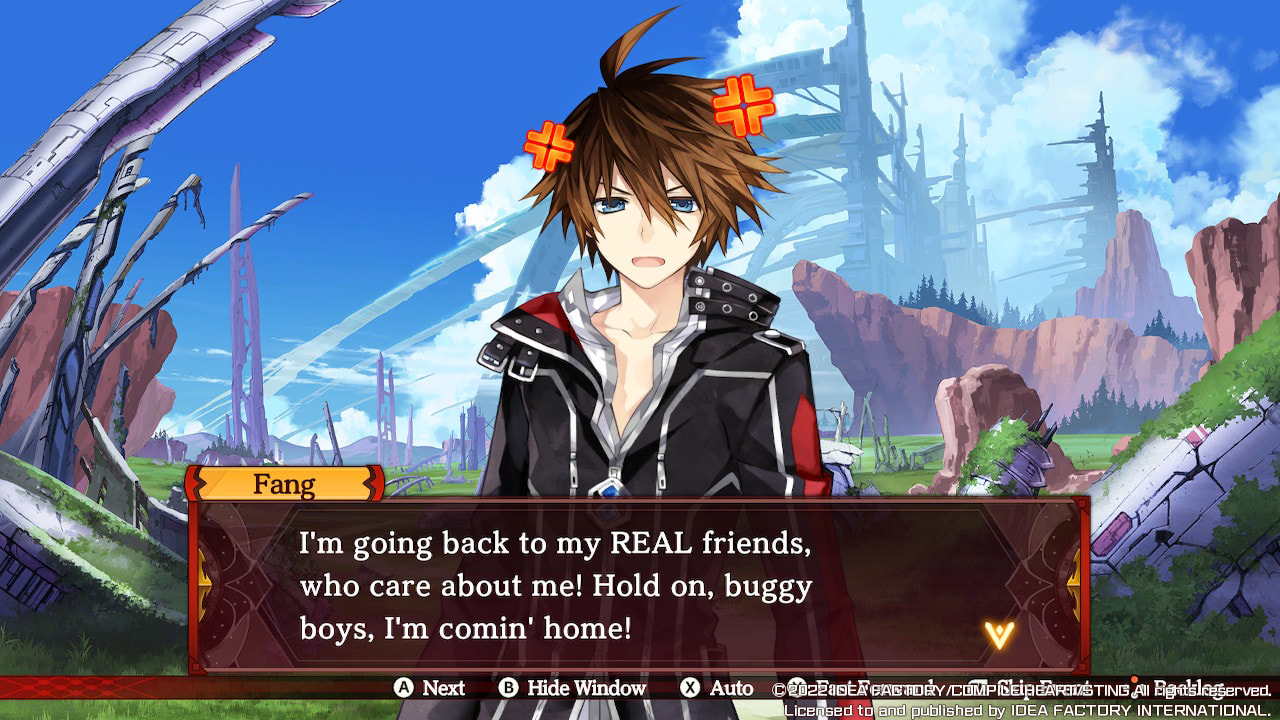
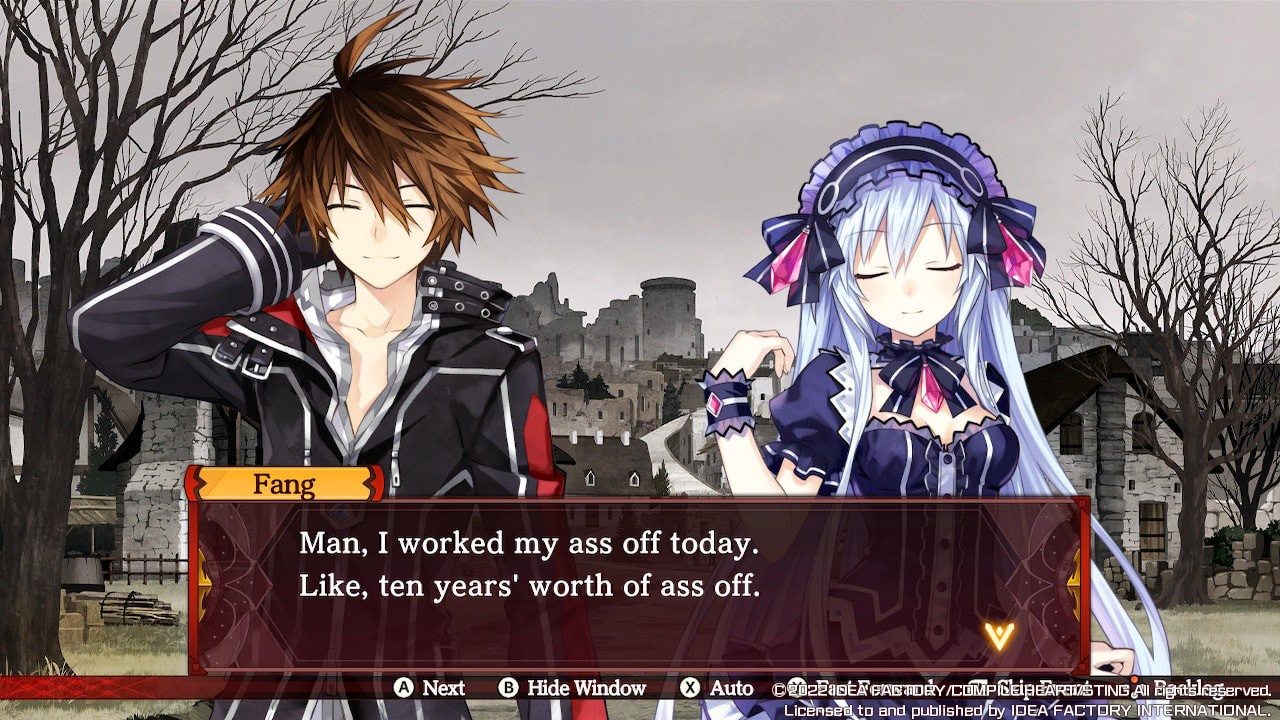

 RSS Feed
RSS Feed